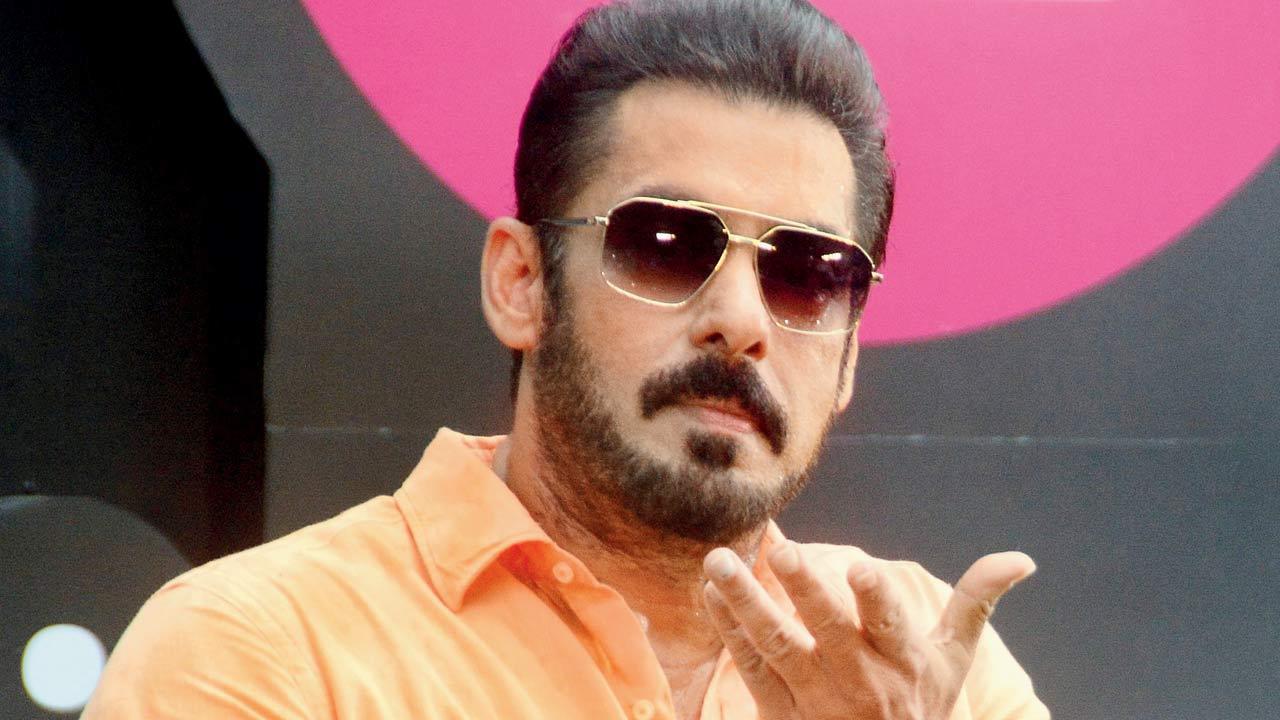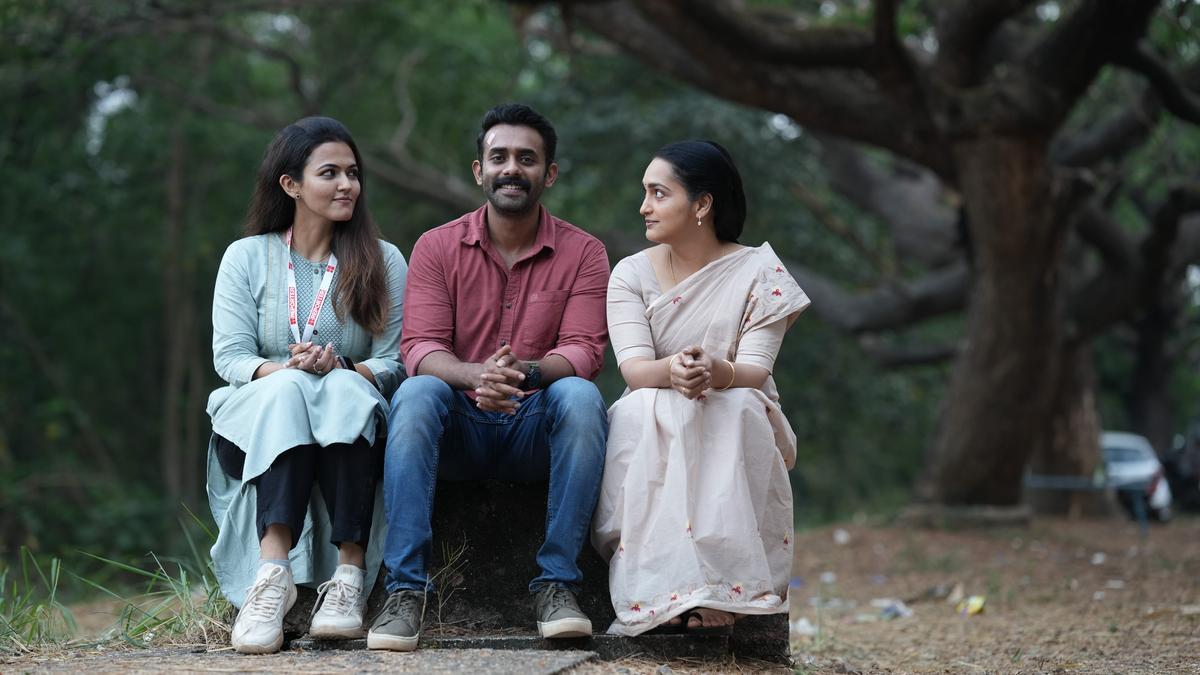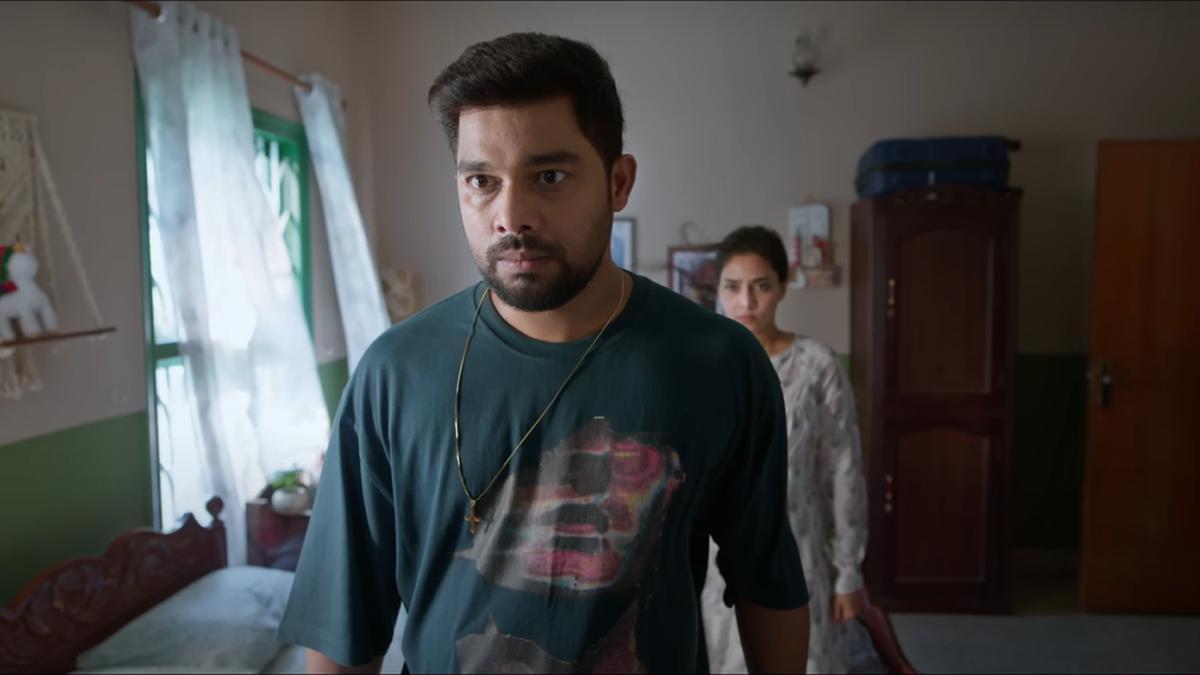
In the culturally rich landscapes of Kerala, a profound revival breathes life into the ancient theatric tradition of Koodiyattam, a Sanskrit drama known to be sustained predominantly by the Chakyar community. Rooted in their heritage, the Chakyars have always embraced their ‘Kuladharma,’ which is a sacred familial duty to keep this art form vibrant and alive. Historically, the repertoire of Koodiyattam has been punctuated by the works of revered poets that remain its narrative bedrock. Yet, curiously, they have infrequently explored the odysseys penned by Kalidasa—whose literary luminescence is globally acknowledged.
Breaking through the traditional tapestry was Koodiyattam maestro G. Venu. In a pioneering step back in 2003, he interpreted Kalidasa’s “Abhignanasakuntalam,” which subsequently garnered international acclaim. This initiative paved the way for a revolutionary presentation: the enactment of the first three Acts of “Vikramorvasiyam.”
Now, in a trailblazing move, Sooraj Nambiar—an ace performer and the proud protégé of the legendary Ammannur Madhava Chakyar—astounded audiences by bringing to life the fourth Act of Vikramorvasiyam. Historically untouched by Koodiyattam performers, this segment made its grand premiere at the esteemed Natanakairali in Irinjalakuda on April 6, 2024.
For over two hours, the single-actor drama titled “Unmatha Vikraman” was a testament to Sooraj’s exceptional skill as an actor and a choreographer, illuminating the stage with a fusion of profound emotion and intricate dance movements.
The drama unfurls around the heartrending saga of King Pururavas and the celestial nymph Urvasi, exploring the hollowed depths of love and loss. The bereft king, Pururavas, is portrayed wandering through the forests in an agonizing search for his beloved Urvasi. The elements themselves become characters in his inner turmoil: the lightning and dark clouds take the form of a demon he believes to have abducted Urvasi. When the monsoon rains unleash, they seem like arrows to his tormented mind, igniting his wrath to the skies above.
As the search intensifies, Pururavas encounters symbols of nature—a kaleidoscope of emotions echoed through interactions with the peacock, cuckoo, swan, elephant, and the murmuring river, all seeming indifferent to his anguish. But serendipity lies in wait as he uncovers the mystical Samgamaniya gem, an omen for possible reunion with his estranged lover.
In a crescendo of longing and magic, he embraces a vine, only for the divine gem’s power to transmute it into his lost Urvasi. The pivotal moment sees her bearing the king aloft to the sanctuary of the clouds.
Sooraj’s unrivaled grasp on the traditional Flokiattam techniques was startling in its brilliance, using the art of ‘pakarnattam’ not just for character impersonation but also to imbue life into the fauna that King Pururavas encounters. From the regality of the peacock’s dance to the delicate intricacies of birds and insects, the rhythms of the forest were artfully sketched.
The choreographic nuances further elevated the narrative. ‘Swara’ (raga) artham added melodic textures that mirrored the protagonist’s mood, while a unique hopping gait illustrated his visceral strife. The ‘marma’ rhythm—indigenous to the performance—was especially effective in the ‘chari’ (gait) of the peacock, with the Mizhavu artists Kalamandalam Rajeev and Kalamandalam Hariharan deserving credit for this emphatic expression of the scene.
Concluding in the traditional flourish of the ‘Mudiakkitha,’ the theatrical journey saw a stellar supporting cast with Kalanilayam Unnikrishnan on the edakka and Saritha Krishnakumar keeping the rhythm on ‘talam.’
But “Unmatta Vikramam” has yet another emotional layer. It was the inaugural in-house production of Tripudi, a cultural wing birthed in homage to Sooraj’s grandmother, and renowned Brahmani Pattu artiste, Savithri Amma. This extraordinary interpretation stood as a bridge connecting past and present, individual and lineage, actor and audience, in the shared heartbeat of Kerala’s artistic legacy.










